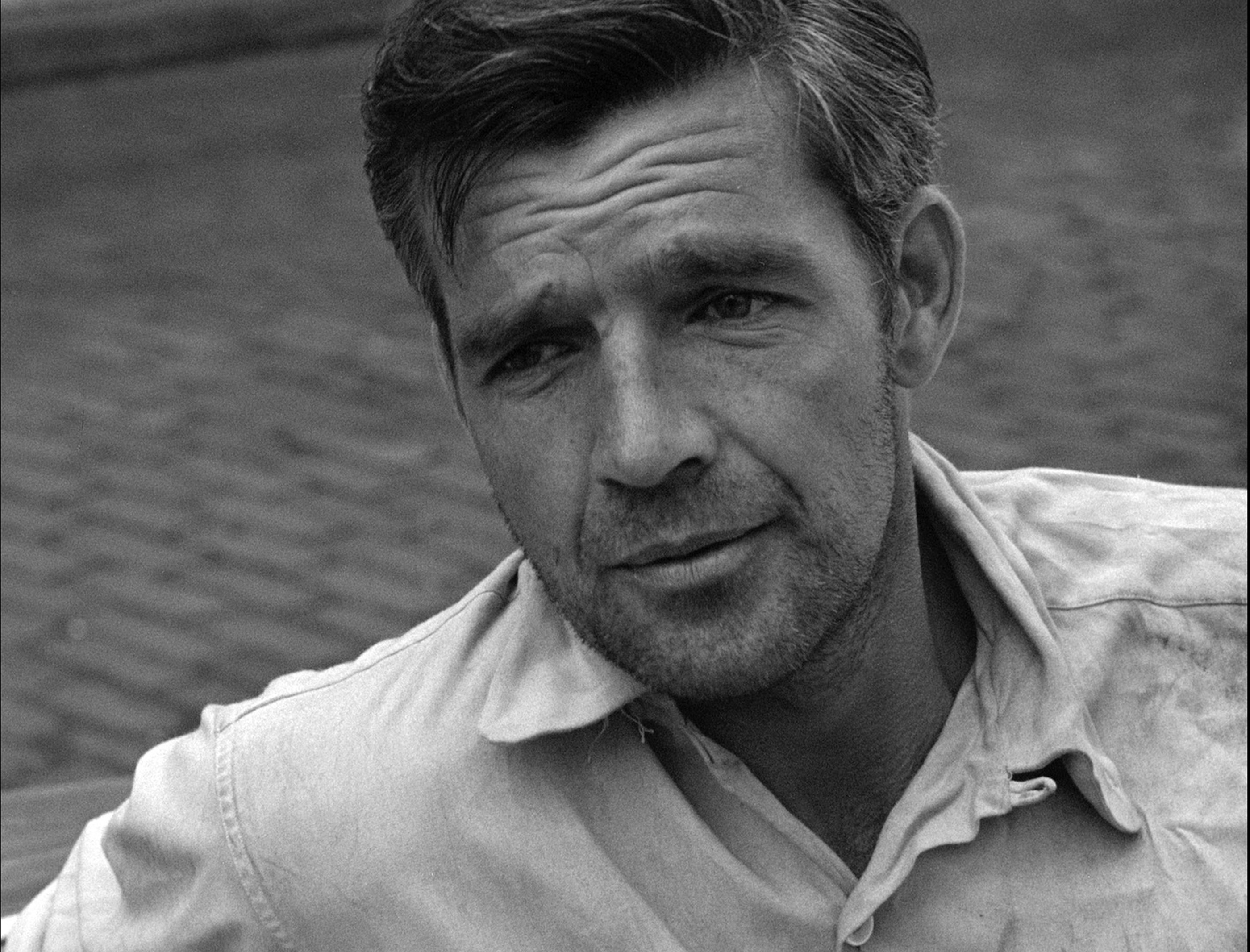In a very real sense the ultimate New York movie, Lionel Rogosin’s 1957 On the Bowery is cinema-as-bog-body, living history captured with such fortune and care that there’s no sign of decay after 50-plus years. Rogosin’s famous, underseen landmark wades into the notorious human ruin as no other film ever did. A young, hard-drinking rail worker (Ray Salyer, looking like Ed Burns Sr.) arrives on the Bowery with a suitcase and a thirst; the suitcase he loses, after he hooks up with a gaggle of paperbag-faced lushes in a gin mill. He befriends a fellow lush named Gorman (Gorman Hendricks), hits bottom, swears off, hits it again, gets lost. There isn’t much more story than that, and Rogosin’s intent was to simply erect a narrative to hang his neighborhood portrait on, filling it with found objects called Bowery drunks, men who sell each other their own clothes for Muscatel, swill Sterno when they must, and have long since forgotten what their real lives were once about. Rogosin’s modest, chilly movie influenced Cassavetes and the French New Wavers, and from there American independent cinema was on its way to becoming an identifiable species. Oddly, too, On the Bowery was nominated for a Best Documentary Oscar, and won a doc prize at Venicewithout being a documentary at all. Accompanying the film is The Perfect Team, by son Michael Rogosin, about On the Bowery‘s production; and Lionel Rogosin’s subsequent films Come Back Africa and Good Times, Wonderful Times begin a run at NWFF on May 6. (NR) MICHAEL ATKINSON
April 29-May 5, 7 & 9 p.m., 2011




